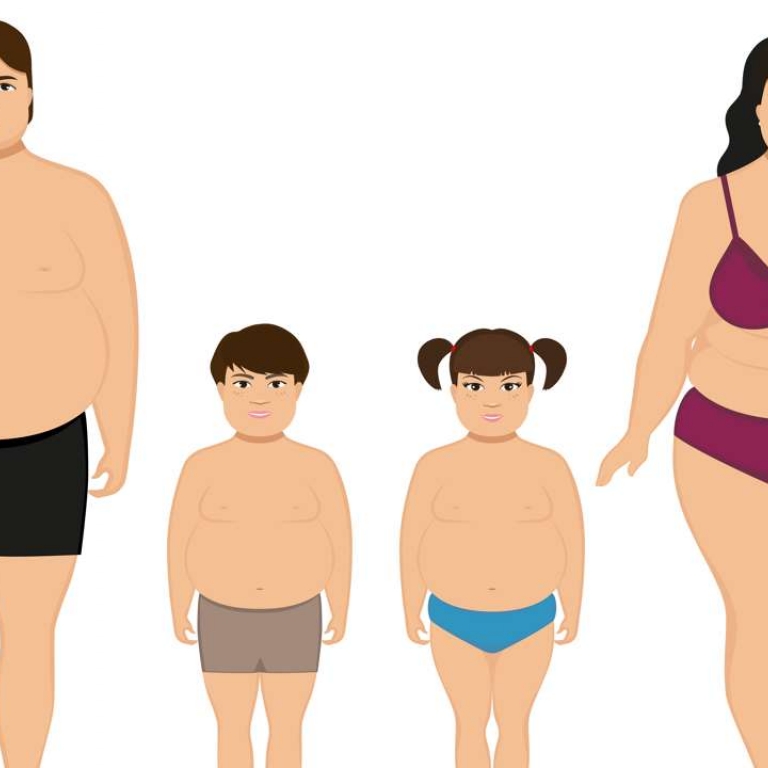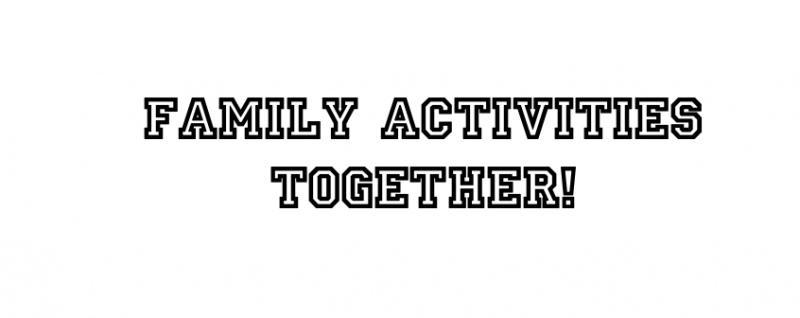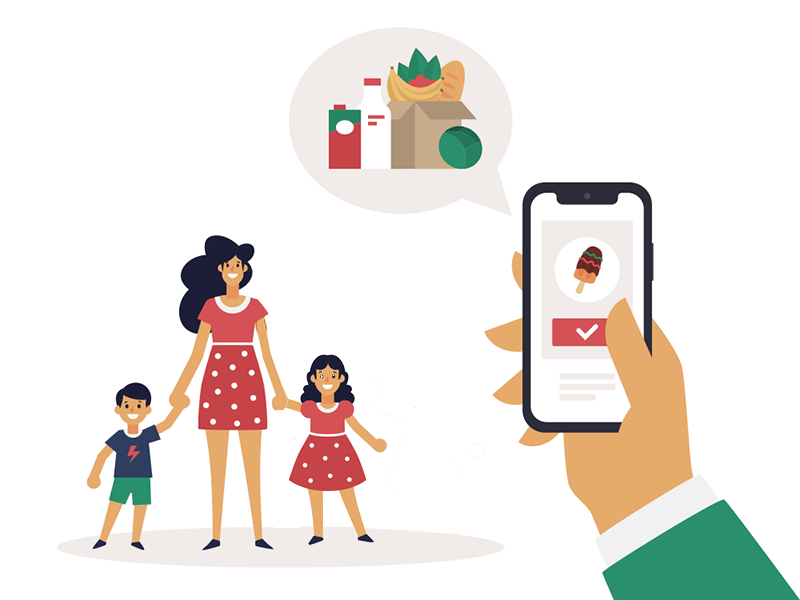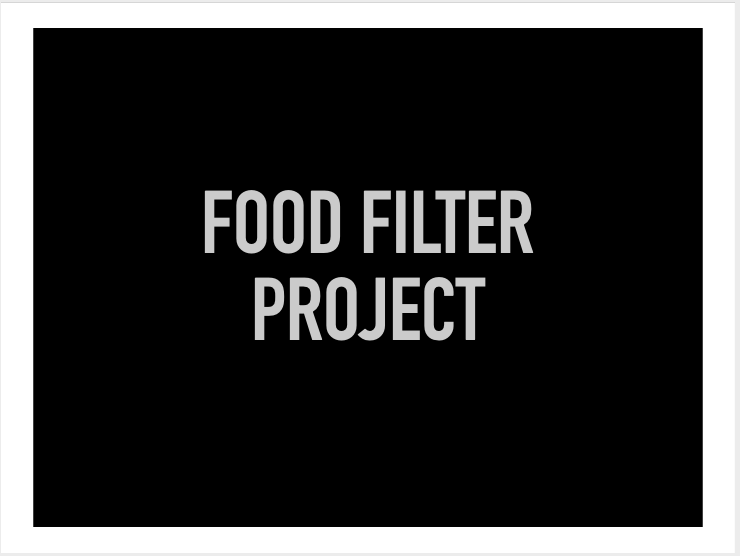This week, we were asked to delve further into our topics (mine, you may remember is childhood obesity) to create personas, brainstorm empathy maps, and sketch out current-state experience maps in an effort to more robustly analyze and define the problem. I’ll be honest, not being a child (well, not for a while) or a parent (yet!) I struggled this week in getting started with the process of creating the persona. I felt like this topic is so big and involves so many different factors I wouldn’t know where to begin. Fortunately, once I started with the suggested template from our class this week, I was able to get a better grasp of which I areas I want to focus on for this course.
Problem Statement
So, after tailoring some of the wording and defining the blanks in the class templates as they pertain to my topic, I came up with the following problem statement:
For parents of children ages 5-12, it’s a constant challenge to make sure their children are eating right and staying active. Day and day out, these parents work hard to make sure their families are living healthy lifestyles.
The main problem many of these parents face is finding the time and the best resources to tackle this problem while juggling so many other responsibilities. Today, there is no one best solution for every parent and family and the growing childhood obesity epidemic in the US suggests a lack of viable and sustainable options for this enormous problem. According to The Partnership for a Healthier America, children with obesity have three times more healthcare expenditures than children at healthy weights, costing an estimated $14 billion every year. If this trend continues, future generations will be even more plagued with issues in adulthood associated with childhood obesity, such as heart disease, type 2 diabetes, and cancer.
If only there were a better way to address the main factors contributing to childhood obesity—as the Mayo Clinic puts it, “Lifestyle issues—too little activity and too many calories from food and drinks”, parents could proactively promote a healthier lifestyle, leading to a higher quality of life for their children both now and in the future. At a prevalence of 18.5%, obesity affects almost 14 million children and adolescents in the US, and nearly one in three are considered either have obesity or are overweight. With this number having risen ten-fold over the past four decades, there is a clear opportunity to empower millions of people and their families to lead better lives.
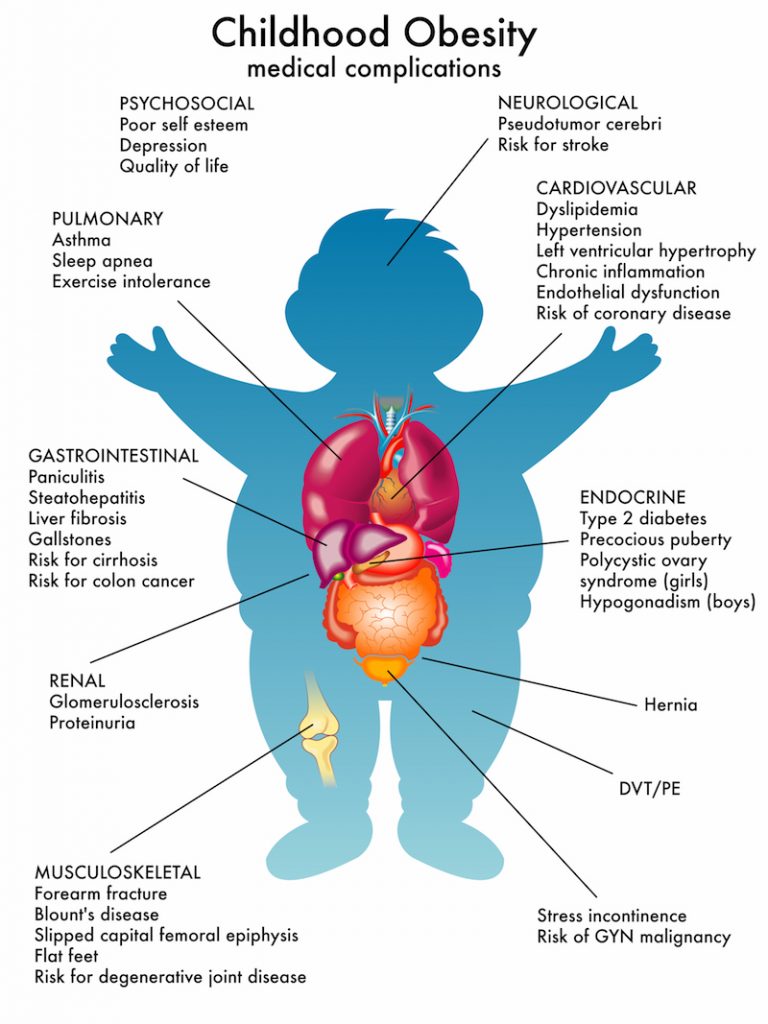
Persona

So, now that I’ve established my problem statement (and backed up its gravity with a troubling diagram), it’s clear that there are really multiple personas at play here–specifically, children and parents. Before defining my problem statement, I had imagined that I would need to develop a child-focused persona; however, after thinking about the amount of responsibility, planning, knowledge, and money (and, potentially, driving), the though of putting the onus on a child to take care of all of that seemed absurd. Of course, children in the US (and their being affected by obesity) are at the core of my topic, but their parents are the ones most capable and empowered to take action, so I’ve decided to focus on them.
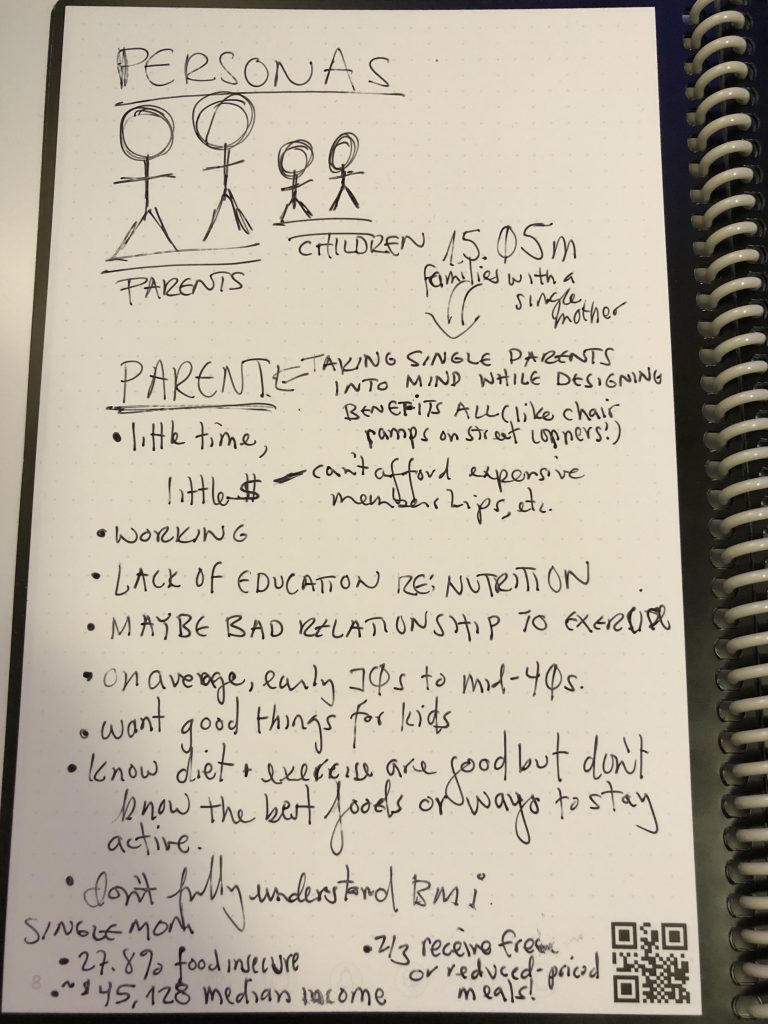
Empathy Map
Once again, the next step in the process was made much easier having fleshed out the persona of The Parent. Here’s a shot of my empathy map:
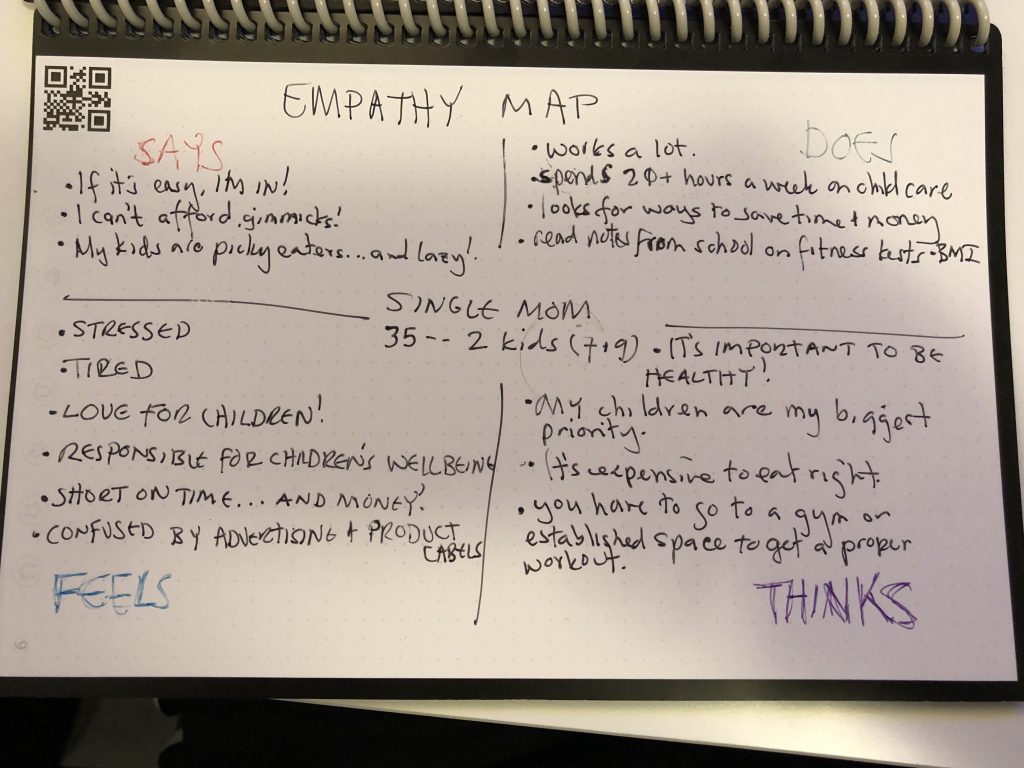
Current State Experience Map
The next step was to create a current state experience map. Here’s mine:
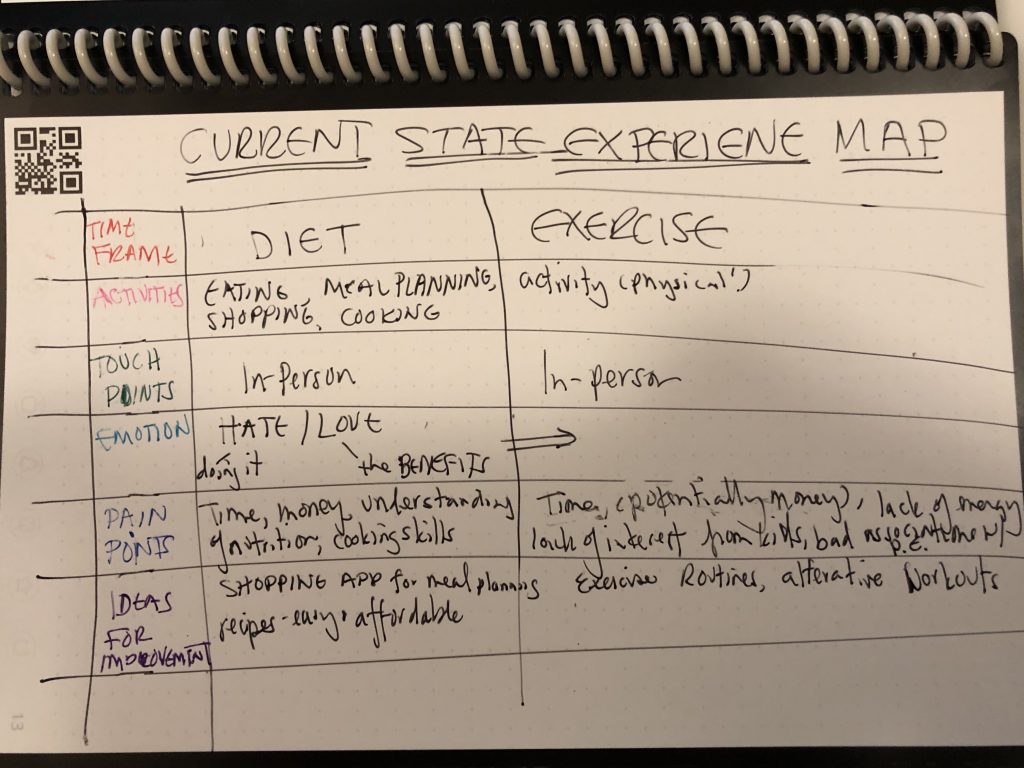
Pain Points and Ideas
The major pain points here are definitely time, money, and access to information on how to best approach and understand the ideas involved in a healthy lifestyle… and preventing childhood obesity.
As far as potential for next steps, three questions that could lead to product ideas include:
- Is there an affordable way for parents to best incorporate healthy practices to prevent obesity and related issues for their children?
- What approach would be most time and money saving while allowing parents to plan and prepare healthy meals for their children?
- How can parents gain access to information about ways to engage children to be more physically active?

